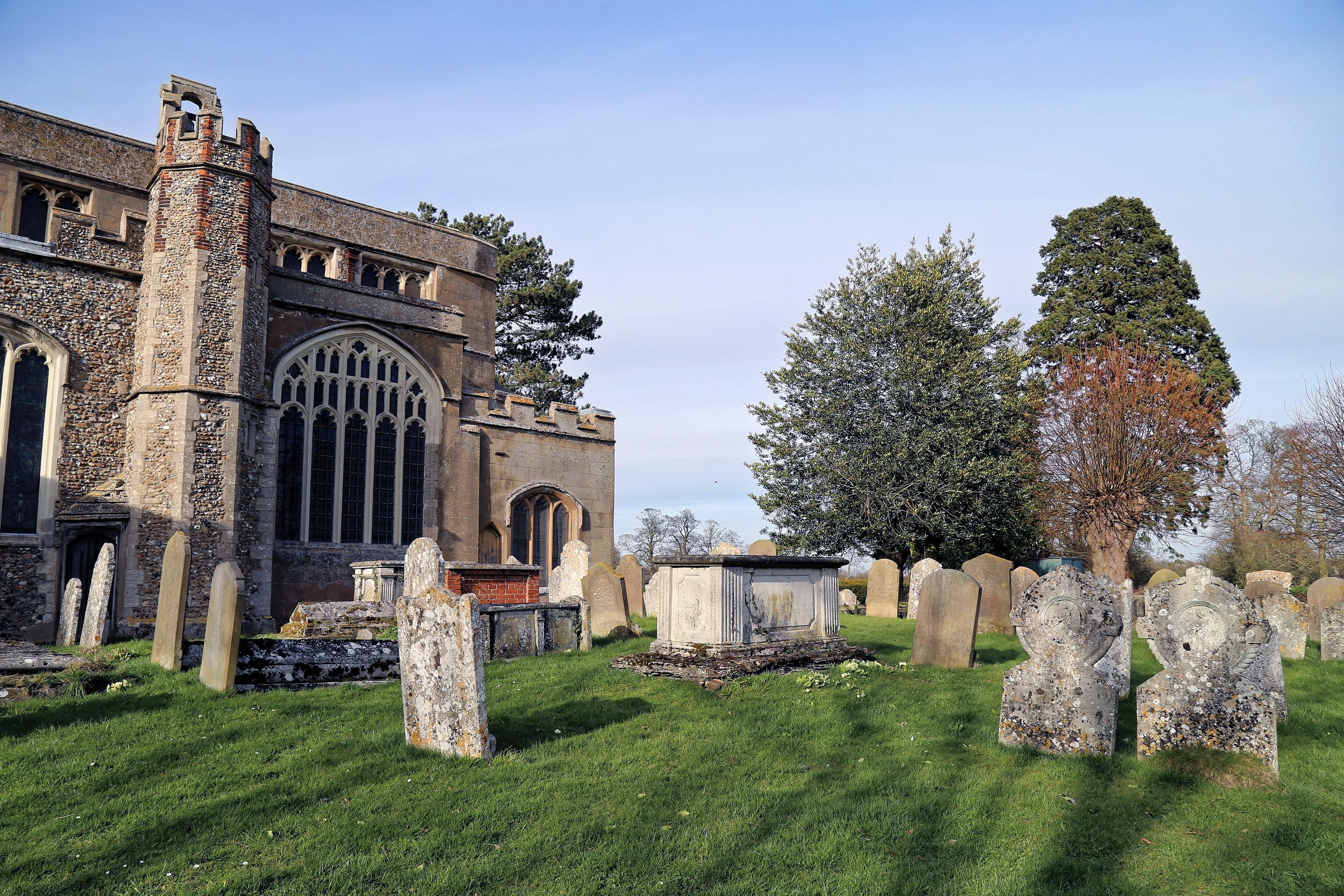St Mary the Virgin
Little Hallingbury, Essex
Medieval rural village church, set in an attractive churchyard.

The townsfolk of Hatfield Broad Oak wanted a church as big as a monastery, so that is what they built!
Hatfield Broad Oak, Essex
When William the Conqueror gave the manor of Hatfield Regis to the De Veres, Aubrey De Vere built a monastery next to the small parish church. The townsfolk later extended and beautified their parish church to make it as big as the priory next door. Parishioners and monks fell out violently in 1378, and a wall was built to divide the parish church from the priory church.
When Henry VIII dissolved the monasteries, the priory church was destroyed, all that remains are the pillars that used to support the tower between the parish church and the monastic church, and that ramshackle wall between the two churches.
Inside the parish church of St Mary the Virgin, look out for the door high up in the wall which used to lead onto the rood screen; carvings of the four evangelists on the pews at the cross aisle, the 18th century candelabra, the chancel panelling after Grinling Gibbons, the wall memorials, and the effigy of Sir Robert de Vere in the chancel, in full armour with crossed legs and drawing his sword. The impressive ceiling in the nave looks like wood, but is in fact made of plaster and was created in the 1840s; the east window is also mid 19th century and was designed by the Master of Trinity College, Cambridge; a copy of this window can be found in Ely Cathedral.
Little Hallingbury, Essex
Medieval rural village church, set in an attractive churchyard.
Leaden Roding, Essex
A beautifully light open and simple Norman church recorded as being part of an endowment in 1090.
Hockerill, Hertfordshire